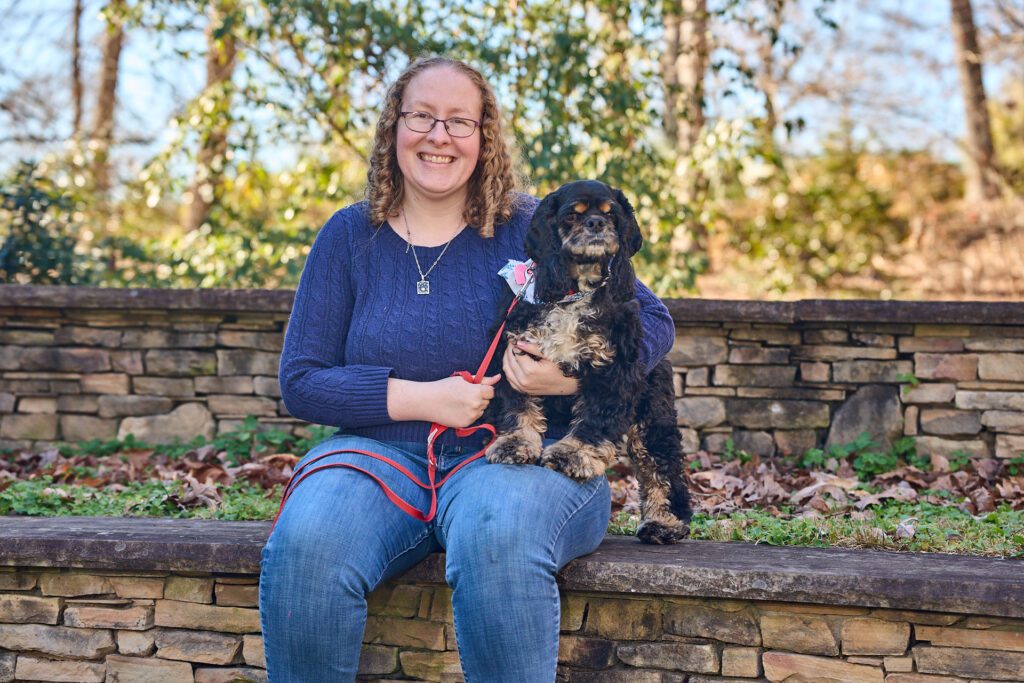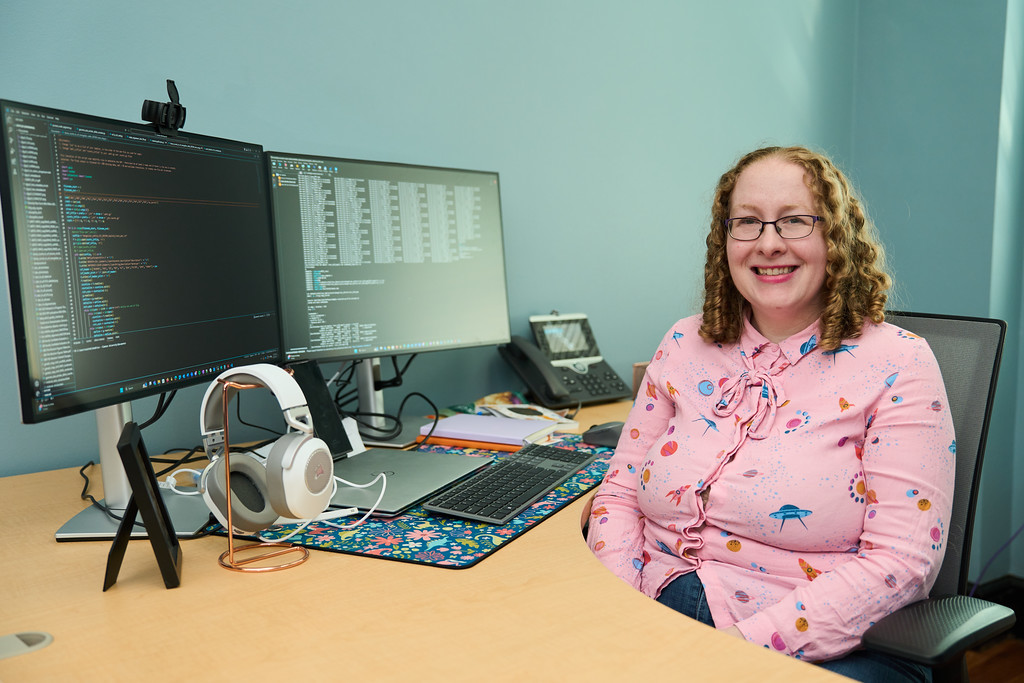
Located at Clemson’s Center for Human Genetics in Greenwood, SC, graduate student Kathryn Howe recently completed her first year of Ph.D. research under assistant professor Dr. Tara Doucet-O’Hare.
“When I was taking classes in high school, I fell in love with chemistry and biology and really enjoyed learning about cancers and genetics.”
It was this love for science that led Kathryn to pursuing her bachelor’s degree in biochemistry and molecular biology at Mercer University in GA.

“While I was there, I was an active member of the marching band and served as band captain for two years. I love the classes and the chance to get involved in research early in my education.”
Kathryn’s primary research at Mercer was focused on bacteria and trying to design and test small molecules that would inhibit the production of biofilm without killing the bacteria.
“I also got to spend some time in Peru measuring the amount of mercury in the air around small-town gold shops and working with the engineering department to design and install mercury capture systems. It was through these projects and many others at Mercer that made my love for research really began to grow.”

After graduating, Kathryn took a position as a research technician at Johns Hopkins in the Gastroenterology Lab, gaining insight into academic labs, Ph.D. programs, clinical trial research and the versatility of the mouse model, which inspired her to pursue our Ph.D. program in genetics.
“I am currently working on transposable elements and their role in cancers, neurodevelopment and therapeutics. We use the chicken embryo model for a lot of our developmental work and the eggs come from right here at Clemson Poultry farm.”
Kathryn is a member of the Genetics and Biochemistry Graduate Student Association, where she plans to schedule social events for the Greenwood campus and encourage cross-campus interaction between the grad students.

“I chose Clemson for my Ph.D. because of the resources they had for their students, the involvement of the students in each step of their thesis project and the supportive and friendly faculty and staff in the G&B department.”
After obtaining her Ph.D. Kathryn hopes to stay on the research side of things, continuing to work in a research lab setting, specifically cancer and genetics.


